- Architecture
- Open Air
- Culture
The Mies van der Rohe Pavilion opened for the first time on June 2, 1986, instantly becoming the reference point for the Modern Movement.
Metro: L1 (Red) & L3 (Green) - Espanya
The building was designed by Ludwig Mies van der Rohe, and originally served as the German Pavilion during the 1929 Barcelona International Exposition. The structure was originally designed to host the official reception presided over by King Alfonso XIII along with the German authorities. Its innovative architectural structure manifested a radical break in spatial design and had a major influence on the development of the city’s urban landscape.
To mark the occasion, in 1983 the City Hall created the Mies van der Rohe Foundation and began a project to rebuild the German Village, using only original materials, sourced the same way as they were originally, back in 1929: glass, steel, and four different types of stone and marble.
The Mies van der Rohe Foundation regularly hosts traveling exhibitions that document its namesake’s architectural accomplishments and accolades, and explore general themes in modern and contemporary architecture and design.


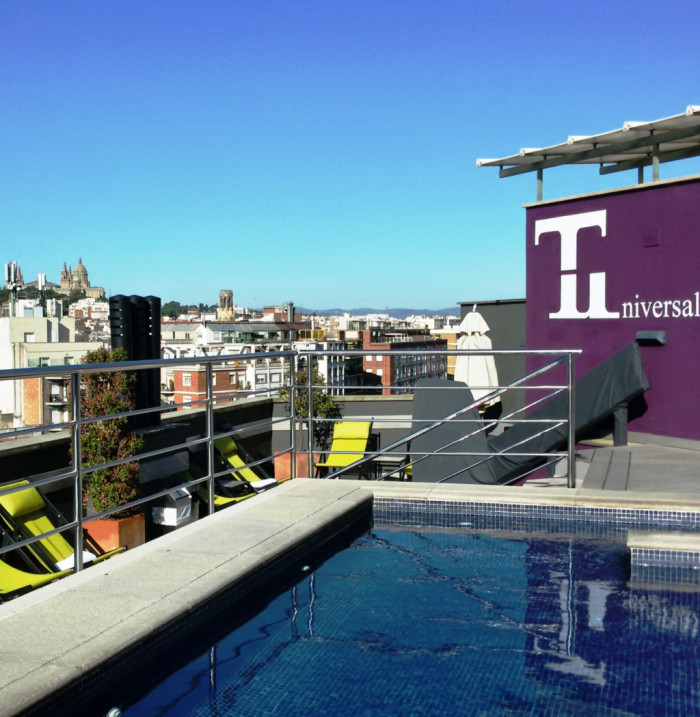
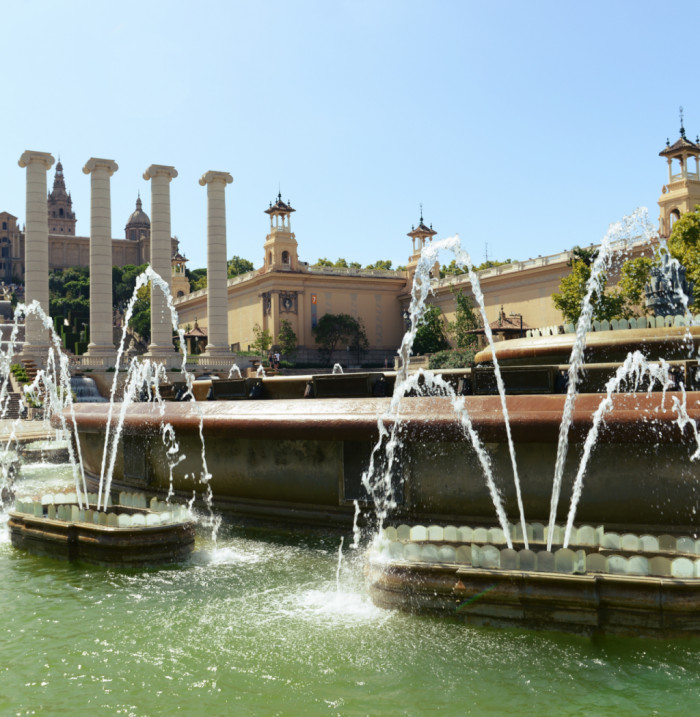


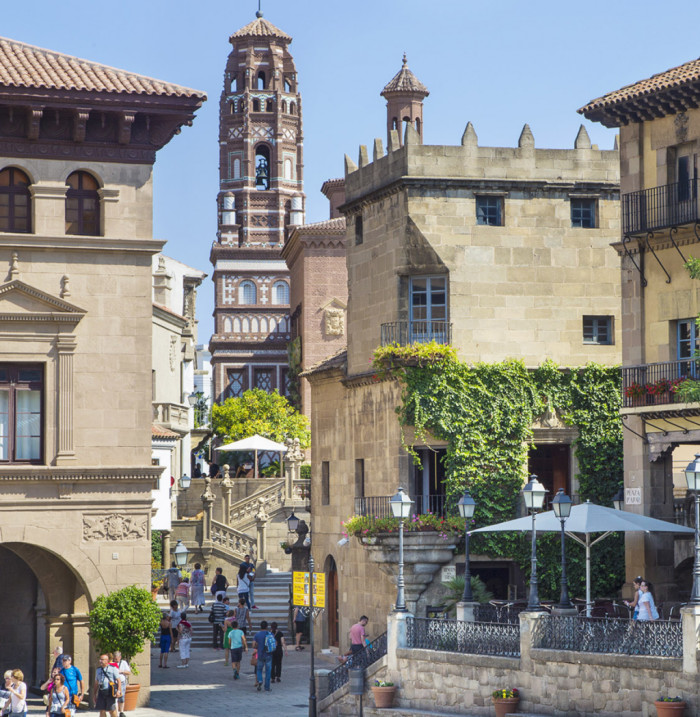
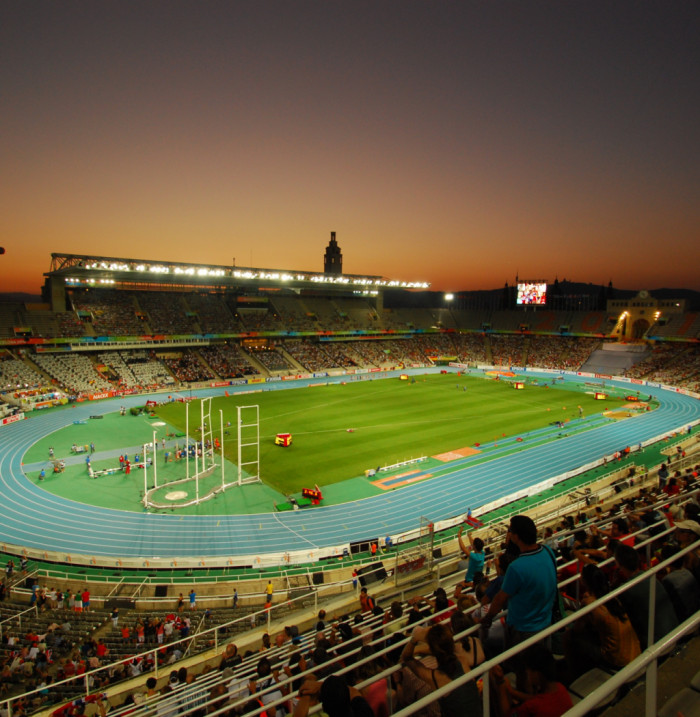
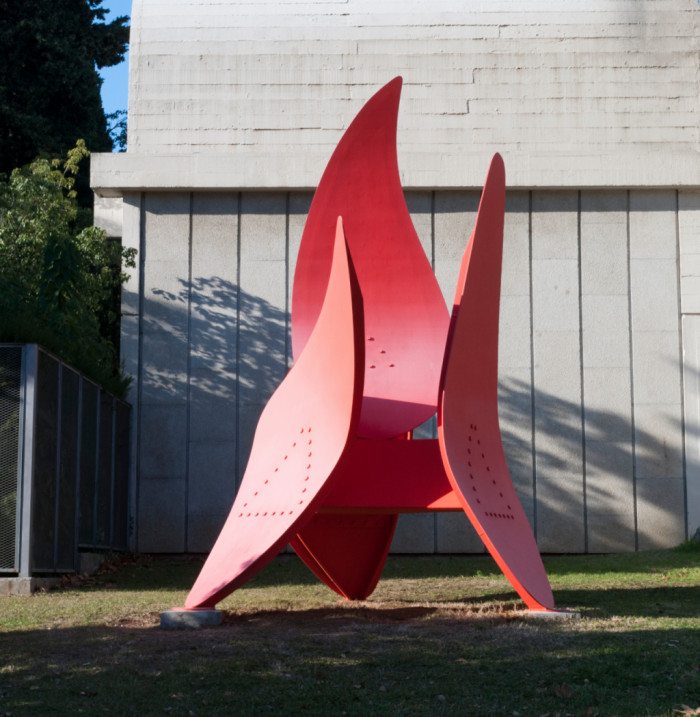
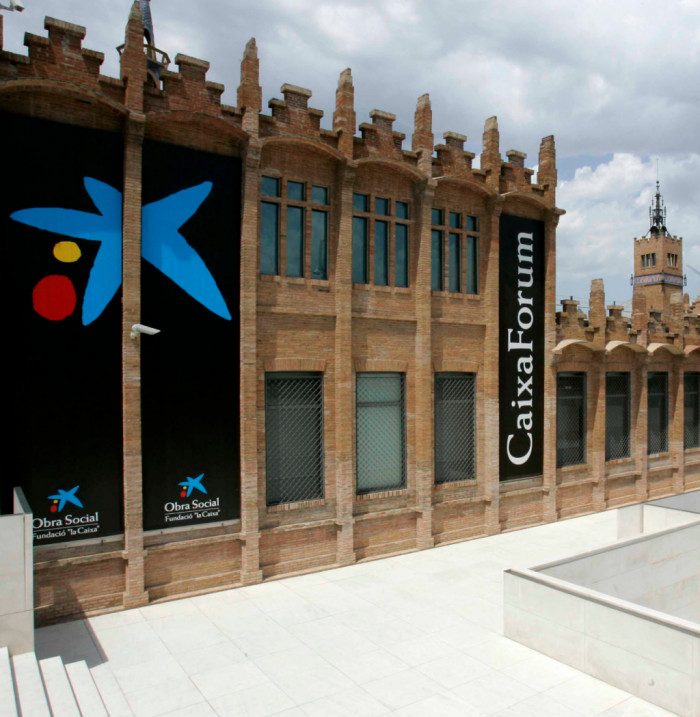

Mies's modernist buildings are a true pleasure to be in. To those saying it's overpriced, you must be hard pressed for 5€. I spent over an hour in here sitting and looking at all the marble details. A true masterpiece.